Learning from #COVID19…Would remote working be the new normal?
Musings of a Technology Evangelist
In the past few months, we have all learnt many new terms…. “social isolation”, “contact tracing”, “self-quarantine”, “shelter in place”… (more here) All thanks to COVID19. On March 22, COVID-19 infections have surged to more than 28000 cases with more than 11000 deaths worldwide, infecting 187 countries worldwide. It is slowly dawning on each of us, the problem is not going away soon.
Businesses continuity call to action
Business Continuity leaders across the world who have initiated their business continuity plans or its subsection on pandemic response are now busy establishing how to operate at minimum levels, to cope with this hitherto unforeseen business disruption. And the most common business continuity strategy is remote working or working from home. While working remotely is not new, the scale of the current workforce working remotely is. It is estimated that about 70 million would be impacted in the US alone.
Working from home was a great idea once.
In 2009, IBM reported that 40% of its 386,000 employees in 173 countries were working remotely. That policy allowed IBM to sell off its office buildings at a gain of almost $2 billion. Hailed as a savvy business strategy, the trend of telecommuting was soon in full swing. Working remotely took off due to several factors coinciding: the rollout of good broadband connection, the changing nature of work, competition for talent and demand from employees for a better work-life balance.
But soon it fell through
2013 saw a big surge in initiatives by enterprises on “bringing employees back to the office” because working from home was a problem. Data from the Bureau of Labor Statistics American Time Use Survey showed that the number of U.S. workers who worked partially or fully from home dropped to 22 percent in 2016. Organizations were citing a lack of culture, team building, and work ownership as key issues. Not only was working from home began to be frowned upon, but organizations would first remove the remote workers, when staff reductions were due. Yahoo was one of the first to announce and many large enterprises followed suit. Working remotely nearly died a natural death, and was used stylishly in business continuity plans and for helping people emergencies (personal engagement, sickness, family event, travel).
COVID19 is bringing back remote working
Face to face working has its advantages in being information-rich. We interpret nonverbal cues to build trust and professional intimacy, subconsciously match our body positions, movements, and even our breathing rhythms to people around us, especially when we gauge how well our ideas are being accepted. This helps us achieve the desired results.
However, face to face is blowing a pandemic like COVID19 out of proportion. More and more countries are enforcing social distancing. At the time of writing this, many countries have stopped people gathering in one place. Offices are being closed, and those who can, are working from home. Considering that we are in for a long haul, the current lockdown should train us to work productively without needing to see each other.
Workplaces are now being forced to go digital and that set me musing….
Here is what I think we could be doing…
COVID19 has given us a new working arrangement…remote working/work from home, and we probably need to do this for a few months. This forced situation will train us to develop operational mechanisms to become more productive than earlier. Let us monitor how each of our business units handles this new and hitherto arrangement. People will learn newer skills. Let us capture this as data and build Remote Working Statistics. And it would be expected to differ by organization and by department initially until a much larger picture emerges.
These statistics should be used to evolve a Digital Workplace Strategy, that would help enterprises define how they would work from offices and at homes, in-country and across borders, across information infrastructures that are on-premises and on the cloud to achieve their business objectives within the boundaries of risk and acceptable cost models.
This strategy should then be translated into an Integrated Workplace Framework. The Integrated Workplace Framework would be able to guide how to set up the operational capabilities to meet business objectives that use resources across borders and information infrastructures, their security and privacy dependencies and arrangements. and the benefits vis-à-vis current models of working from offices.
It is common knowledge that establishing the Integrated Workplace Framework is not easy. Establishing it requires the intent to collect information from across the organization. But the benefits far outweigh the operational challenges. It is important to know that an Integrated Workplace Framework would need to consider multiple other factors beyond the success or failure of people working remotely.
- The Risk Factor
Most risk experts agree that it is easier to develop strategies and determine actions to address risks and opportunities when uncertainty is reduced. The Remote Working Statistics, when captured diligently, will provide unprecedented insight into areas that affect business operations. These would include issues affecting travel, staff benefits, and other expenses in office arrangements, perceptions about working from home, people avoiding work, work culture getting affected, work-life balance, establishing a feeling of togetherness, etc, amongst other information that affects risks in an enterprise, broken down by department or type of work and the locations. The Remote Working Statistics is a great decision-making tool when deciding upon risks.
- The Resilience Factor
There can be no better example of resilience as it is today. Almost 100 countries or more are heading into lockdown as I write this article, and yet many organizations continue to work. Some are suffering business losses, businesses dependent upon face to face interactions are laying off people, stock markets are crashing. However, some organizations (especially those that embraced the digital model) continue to operate, some minimal, many almost close to normal business because their business models allow them to. And these organizations are raising the bar on resilience. The Digital Workspace Strategy will fuel these organizations to streamline work from workspaces in offices and remote, to achieve higher business agility as organization resilience will reach greater heights.
- Cybersecurity & Privacy
Almost everyone in the cybersecurity world are aware that more and more people of an enterprise will increasingly seek access to resources within the enterprise from outside the firewall. The traditional perimeter is dead. With increasing cloud adoption, we now have computing infrastructure sitting beyond a firewall. The new perimeter needs to be established around data. Enterprises have adopted or are in the process of adopting newer information protection technologies. Zero Trust Architecture will ensure that multiple verifications would be performed before providing access. Granular Identity Governance ensures that access is given as needed and denied when not in use. Behaviour Analytics and Response can demonstrate and restrict unauthorized access for people with access. There are more. (Probably needs another writeup)
You May Also Like

Install These Free Security Tools Now!
Have you heard of intrusion detection systems? Also known as IDS, this software is often used to det...

Crowdfunding drives unprecedented efficiency
Crowdfunding has become the center of attention in the field of financing. It is also an increasingl...

Everything As a Service
Transition from Capex economy to Opex Economy World is in a transition from Macro to Micro. Granula...

IoT in Malaysia – 2019 Predictions
The year 2014 is when Malaysians started to Google the term “IoT” and ever since, the hy...

The business case for 5G
As of 2018 ,33 MNOs have been involved in 5G trials within Asia Pacific, accounting for 44% of 77 tr...

A New Face On Digital Transformation: Engagement Innovation
Whether we believe it or not we are in the fourth industrial revolution – The Digital Revoluti...

Technology & Competitive Data Analysis More Money – More Competition; everyone wins
Technology & Competition – More Money, Better Deal for Consumers & Companies – H...

Anatomy of Fintechs that’s redefining Financial services business models.
On a weekend in 2013 during monsoon I invited my friend and his family for a dinner at my place. It ...

Blockchain Taxation
World has paid a heavy price for trust, transparency, controls and accountability. Globally there i...
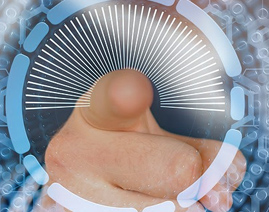
Why Is CDR / CDNR So Important?
Addressing the Fundamental Deficiency in Today’s Mainstream Cyber Security Strategies From Det...

CIO Business leadership - shifting from tech to business leadership
CIOs are no longer technocrats, they are business enablers and crucial part of organisation. CIOs sh...

Ideas and Opinions | 5G as an Enabler of Smart Cities
When 5G comes to mind these days, we think of “is this REALLY it?” and “have we re...

Lessons in Machine Learning
More organizations are using machine learning for competitive reasons, but their results are mixed. ...

Digital Indoor System: Critical Infrastructure for Digital Economic Transformation
Digital Indoor System: Critical Infrastructure for Digital Economic Transformation Developme...

The Changing DNA of the CIO CIO as Business Enabler
The idea that the role of the CIO has now gone beyond technology and innovation related issues, and ...

Today's Digital Miners
Today's Digital Miners I guess by now everyone of us who have read an article or two on digital...

Digital Transformation Readiness Test for Banks
Digital Transformation Readiness Test for Banks The questions banks need to try to answer to test ...
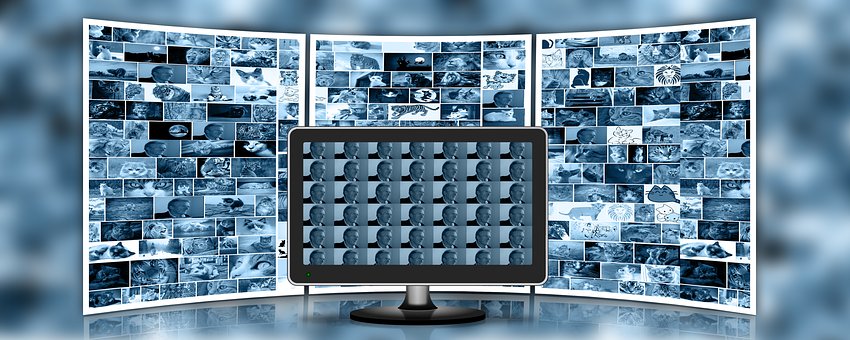
What is Machine Learning
What is Machine Learning? According to Tom Mitchell, a professor at Carnegie Mellon University has d...

Transformation of industry verticals through 5G – Focus and Look Indoors
Transformation of industry verticals through 5G – Focus and Look Indoors Now that 5G is...
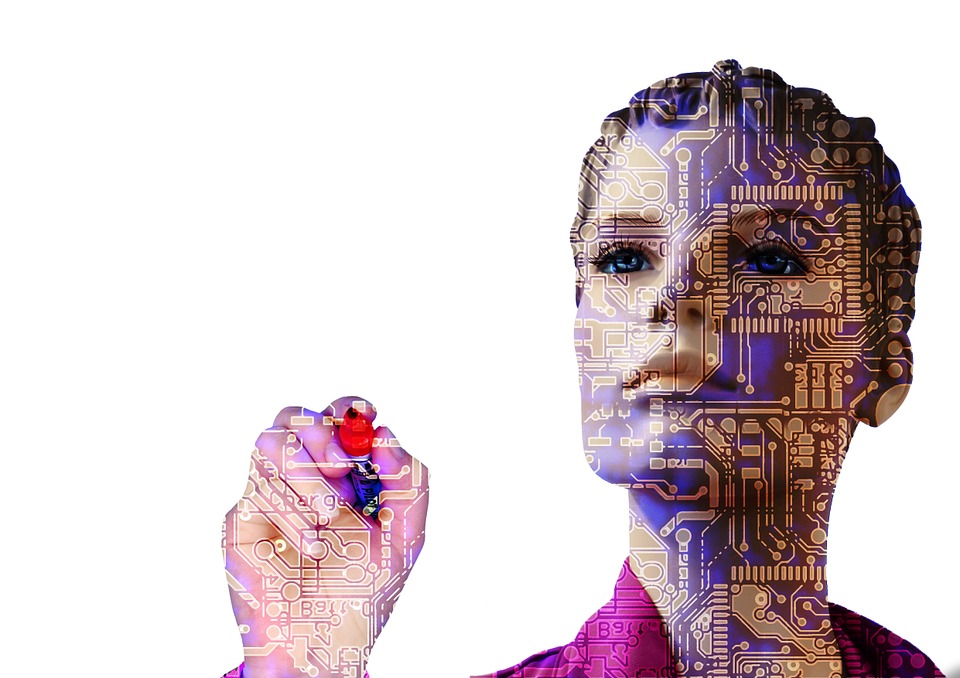
Humanize Technology - back to the basics of serving human needs, humanly
Humanize Technology - back to the basics of serving human needs, humanly The subjects of Digital Tr...

Creating the foundation for Sustainable Innovation
Creating the foundation for Sustainable Innovation In 2011, Marc Andreessen famously proclaimed tha...

About Tech Data Diversity And Inclusion
About Tech Data Diversity And Inclusion I am excited about attending the Hispanic IT Executive Coun...
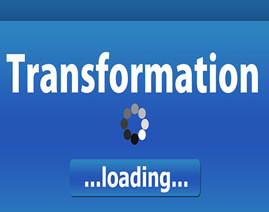
Digital Transformation: Customer Centricity & Intimacy
Digital Transformation: Customer Centricity & Intimacy It was inspiring listening to IMD Profess...

Is Industry 5.0 putting humans back in the center
Industry 4.0 focused on the machines. Is Industry 5.0 putting humans back in the center? I was on a...

Importance of IT Resilience
Importance of IT Resilience Disclaimer: The posting written here is solely of my own comment and ...

Implementing a SaaS Solution – The 3 Major Technical Challenges
So when are you planning to implement a SaaS (Software as a Service) solution? Very soon, if not alr...

So you want an #Innovation Hub?
Innovation, Design Thinking, Digital, Disruption, Agile, Transformation - these are new buzz words t...

The Unsung Hero; The Data Scientist
It is quite likely you are wondering ‘what on earth’ am I on - for cooking up such a tit...

How POC projects made me a better Project Manager
How did I get here? Project Management is a tough job. We need to keep a track on budgets, timeline...

How Data and AI can help in COVID-19 crisis
Since the first report of coronavirus (COVID-19) in Wuhan, China, it has spread to at least 100 othe...

Building thriving business partnerships with Open API
Apple and Google recently collaborated to assist in enabling contact tracing and reducing the spread...

The Future of Indoors with Digital Indoor Systems
Digital Transformation, 5G, and COVID-19 have triggered further growth in indoor traffic Digital tr...

Seizing Opportunities in the ICT Sector
The Increased Pace of Digital Transformation Automation, digitalisation, artificial intelligence (A...

CoVID19, Digital, ML
CoVid19 hit us and has now created the “new Normal” in terms WFH, Video conferences, bal...

Do we really need CEOs, CFOs, and CIOs?
Why CMOs and CTOs are all you need to succeed in today's world This is my first article in a se...

Cinématographe by the Lumière Brothers & History of AI
The Lumière brothers, Auguste and Louis, French inventors and the pioneer manufacturers...

Avenues To Expedite The Incorporation Of 5G Into Industry
5G has been launched in Asia Pacific. South Korea, China, the Philippines and other countries have b...

4G/5G Fixed Wireless Access: A Critical Revenue Growth Engine
In studying key success factors of solutions, it can almost always be shown that the underlying conc...

Big Data Machine Learning IoT and PI
In the era of the Internet of Things (IoT), an enormous amount of sensing devices collect and genera...

Asia’s Plan To Leverage 5G Is Missing A Regional Strategy
The day the world’s first commercial 5G services promised a “great leap” is still ...
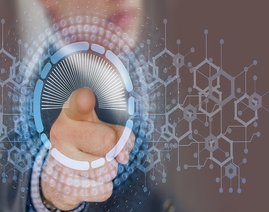
Principles of Sustainable Cybersecurity
In past few years the annual rate of cybersecurity breaches has almost been doubled, and as a result...

Data Governance a key element for Digital Transformation
For the last few years, corporate environment, used to speak and hear lots of financial/management t...

Seven Traits of a Millennial CEO
With a staff strength and annual turnover in the order of billions and trillions respectively, Chris...








Agnidipta Sarkar
Group CISO, BIOCON
Agnidipta Sarkar is currently the group CISO for the Biocon Group. He spent three decades working for global companies including HP, HPE, DXC, HCL, Wipro and CMS IT services. He has been both an auditor and an auditee and a consultant, advising business leaders on cybersecurity, business continuity, privacy, risk optimization, standardization and resilience. Agnidipta's pro-bono work includes participating on ISO mirror committees for security & privacy (SC27), business continuity (TC292) and risk management (TC262), leading the Cyber Resilience Think Tank for Business Continuity International in India, collaborating with other experts on the Cloud Control Matrix 4 development for CSA.